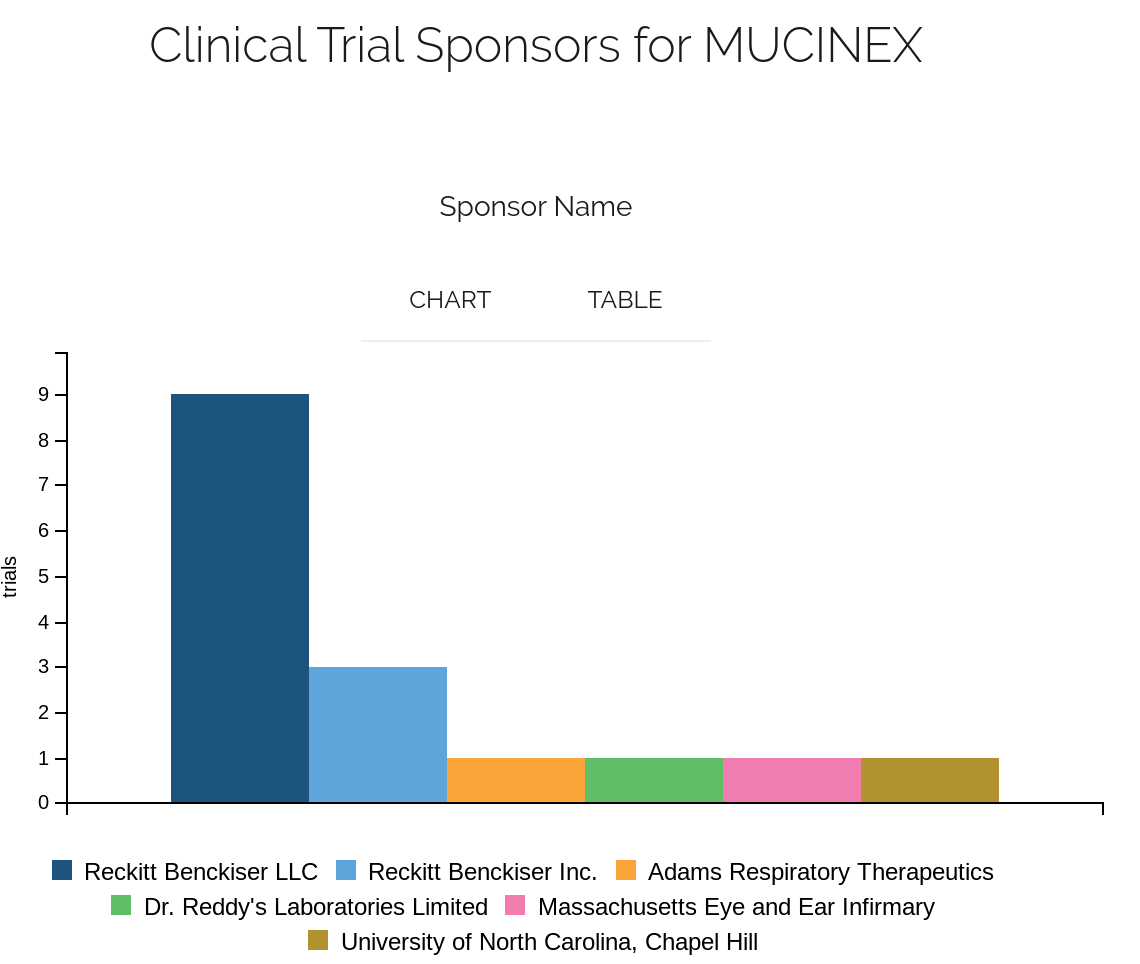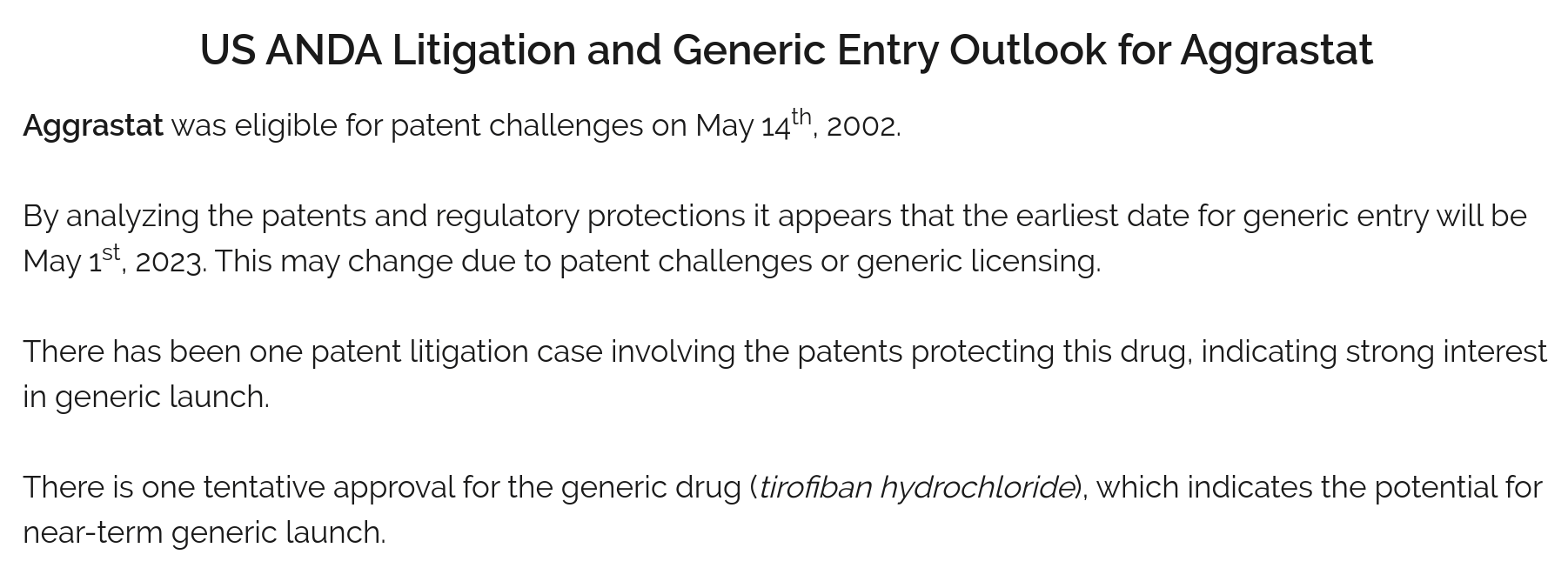The World Health Organization’s (WHO) Essential Medicines List (EML) serves as a cornerstone in addressing this issue, providing a blueprint for countries to prioritize and ensure the availability of crucial medications. But have you ever wondered about the true costs behind these life-saving drugs? Let’s dive deep into the fascinating world of pharmaceutical economics and uncover the estimated costs of production and potential prices for medicines on the WHO Essential Medicines List.
Understanding the WHO Essential Medicines List
Before we delve into the nitty-gritty of production costs and pricing, it’s crucial to grasp the significance of the WHO Essential Medicines List. This carefully curated inventory represents a selection of medicines that meet the priority health needs of populations worldwide. It’s not just a random assortment of drugs; it’s a meticulously crafted list that undergoes regular revisions to ensure its relevance and effectiveness.
The Purpose and Impact of the EML
The EML serves as a guide for national and institutional essential medicine lists. It’s a powerful tool that helps countries prioritize their healthcare spending and ensure access to the most critical medications. By focusing on these essential medicines, healthcare systems can maximize their limited resources and improve overall health outcomes.
The Selection Process
Every two years, a committee of experts convenes to review and update the EML. They consider various factors, including:
- Therapeutic need
- Safety and efficacy
- Public health relevance
- Comparative cost-effectiveness
This rigorous selection process ensures that only the most vital and impactful medicines make it onto the list.
The Economics of Essential Medicines
Now, let’s get to the heart of the matter: the economics behind these essential medicines. Understanding the costs of production and potential prices is crucial for policymakers, healthcare providers, and patients alike.
Estimating Production Costs
Determining the cost of producing essential medicines is no simple task. It involves a complex interplay of factors, including:
- Active Pharmaceutical Ingredient (API) costs
- Formulation expenses
- Packaging and distribution costs
- Regulatory compliance expenses
- Research and development investments
Researchers have developed sophisticated models to estimate these costs, providing valuable insights into the true expense of manufacturing essential medicines.
The Concept of Cost-Based Pricing
Cost-based pricing is a revolutionary approach to determining fair prices for essential medicines. This method takes into account the actual costs of production, plus a reasonable profit margin, to arrive at a sustainable price point. It’s a stark contrast to the often-inflated market prices we see in many countries.
“Estimated cost-based prices per month were US $1.30 to US $3.45 for SGLT2 inhibitors (except canagliflozin) and US $0.75 to US $72.49 for GLP1 agonists”[1]
This quote from a recent study highlights the potential for dramatically lower prices when using a cost-based approach.
Breaking Down the Numbers: Specific Medicine Categories
Let’s take a closer look at some specific categories of essential medicines and their estimated costs and potential prices.
Diabetes Medications
Diabetes is a global epidemic, making access to affordable treatments crucial. Recent research has shed light on the potential for significantly lower prices for key diabetes medications.
Insulins
Insulin, a life-saving hormone for millions of diabetics, has been at the center of pricing controversies. But what does it actually cost to produce?
“Twice-daily mixed human insulin NPH could cost $61 per year, while basal-bolus treatment with insulin glargine and aspart could cost $111 per year, with reusable pen formulations having the lowest estimated prices.”[1]
These estimates are a far cry from the exorbitant prices many patients currently face, highlighting the potential for dramatic cost reductions.
SGLT2 Inhibitors and GLP1 Agonists
These newer classes of diabetes medications have shown promising results but often come with hefty price tags. However, cost-based pricing estimates paint a different picture:
- SGLT2 Inhibitors: Estimated cost-based prices of $1.30 to $3.45 per month
- GLP1 Agonists: Estimated cost-based prices of $0.75 to $72.49 per month
These figures suggest that even cutting-edge diabetes treatments could be made far more affordable.
Injectable Medicines
Injectable medications, often used for more severe conditions, present unique challenges in terms of production and pricing. A comprehensive study of injectable medicines on the WHO EML revealed some striking findings:
“For injectable formulations on the WHO EML, medicines had prices above the estimated cost-based price in 77% of comparisons in England (median ratio 2.54), and 62% in South Africa (median ratio 1.48), while 85% of medicines in India had prices below estimated cost-based price (median ratio 0.30).”[2]
This data highlights the significant disparities in pricing across different countries and the potential for cost reductions in many markets.
Oncology Medications
Cancer treatments are often among the most expensive medicines, putting them out of reach for many patients. However, cost-based pricing estimates suggest that even these complex drugs could be produced and sold at much lower prices. Several oncology medications, including irinotecan, leuprorelin, and daunorubicin, appeared in the top 20 list of medicines with the highest ratios of current price to estimated cost-based price in multiple countries.
Global Price Comparisons: A Tale of Disparities
One of the most striking aspects of essential medicine pricing is the vast differences observed across countries. Let’s explore these disparities and their implications.
Price Variations Across Countries
A comparative analysis of prices in England, South Africa, and India revealed significant differences:
- Prices were higher in England than in South Africa in 60% of comparisons (median ratio 1.44)
- Prices were higher in England than in India in 91% of comparisons (median ratio 7.08)
- Prices were higher in South Africa than in India in 84% of comparisons (median ratio 3.69)
These stark contrasts highlight the complex interplay of factors influencing medicine prices, including regulatory environments, market dynamics, and purchasing power.
The Role of Generic Medicines
Generic medicines play a crucial role in increasing access to essential medications. In many cases, generic versions are significantly more affordable than their brand-name counterparts. For example, in India, 85% of injectable medicines had prices below the estimated cost-based price, largely due to the prevalence of generic options.
Barriers to Affordable Pricing
Despite the potential for lower prices based on production costs, several barriers prevent the realization of these affordable prices in many markets.
Patent Protection and Market Exclusivity
Intellectual property rights, while important for incentivizing innovation, can also lead to monopolistic pricing practices. Patent protection allows pharmaceutical companies to charge premium prices for new medications, often far above the cost of production.
Lack of Market Competition
In some cases, a lack of competition in the pharmaceutical market can lead to inflated prices. This is particularly true for specialized or niche medications where few alternatives exist.
Regulatory Hurdles
Complex and costly regulatory processes can drive up the overall expense of bringing a medicine to market, potentially leading to higher prices for consumers.
Strategies for Improving Access to Affordable Essential Medicines
Given the potential for dramatically lower prices based on production costs, what can be done to improve access to affordable essential medicines?
International Collaboration and Price Negotiations
Organizations like the Global Fund and Medicines Patent Pool are working to make essential medicines more affordable through price negotiations and voluntary licensing agreements with patent holders. These efforts have shown promising results in reducing prices for key medications.
Support for Generic Competition
Encouraging the development and market entry of generic medications can help drive down prices through increased competition. Policies that facilitate faster approval processes for generic drugs and protect against anti-competitive practices can support this goal.
Transparency in Pricing and Production Costs
Increasing transparency around the true costs of production and the factors influencing pricing can help inform policy decisions and public discourse on fair pricing for essential medicines.
The Role of Cost-Based Pricing in Shaping Policy
Cost-based pricing estimates provide valuable insights for policymakers, healthcare providers, and advocacy groups. By understanding the true costs of production, stakeholders can:
- Set more realistic price targets for negotiations with pharmaceutical companies
- Identify opportunities for local production of essential medicines
- Develop more effective policies to ensure access to affordable medications
Challenges in Implementing Cost-Based Pricing
While cost-based pricing offers a promising approach to improving access to essential medicines, implementing this model on a large scale presents several challenges:
- Resistance from pharmaceutical companies accustomed to higher profit margins
- Complexities in accurately determining production costs across different markets
- Balancing the need for affordability with incentives for continued innovation
Addressing these challenges will require collaboration between governments, industry stakeholders, and international organizations.
Case Studies: Success Stories in Affordable Essential Medicines
Despite the challenges, there have been notable successes in improving access to affordable essential medicines. Let’s look at a few inspiring examples:
HIV/AIDS Medications
The global effort to combat HIV/AIDS has led to dramatic reductions in the price of antiretroviral therapies. Through a combination of generic competition, international collaboration, and innovative financing mechanisms, the cost of HIV treatment has fallen from over $10,000 per person per year in the late 1990s to less than $100 in many low-income countries today.
Hepatitis C Treatments
New treatments for hepatitis C, while initially priced at tens of thousands of dollars per course, have seen significant price reductions in many countries. Voluntary licensing agreements and local production have helped bring prices down to less than $100 per course in some markets.
The Future of Essential Medicine Pricing
As we look to the future, several trends and innovations could shape the landscape of essential medicine pricing:
Advanced Manufacturing Technologies
Emerging technologies like continuous manufacturing and 3D printing could potentially reduce production costs and enable more localized production of essential medicines.
Artificial Intelligence in Drug Discovery
AI-powered drug discovery could potentially reduce the time and cost of bringing new essential medicines to market, potentially leading to lower prices.
Value-Based Pricing Models
Some experts advocate for pricing models that tie the cost of a medicine to its demonstrated value in improving health outcomes. While controversial, this approach could help balance affordability with incentives for innovation.
Key Takeaways
As we conclude our deep dive into the estimated costs of production and potential prices for the WHO Essential Medicines List, let’s recap the key points:
- The WHO Essential Medicines List serves as a crucial guide for prioritizing access to critical medications globally.
- Cost-based pricing estimates reveal significant potential for lower prices across many essential medicines, including diabetes treatments, injectable medications, and oncology drugs.
- Substantial price disparities exist across different countries, with some markets paying many times more than others for the same medications.
- Barriers to affordable pricing include patent protection, lack of market competition, and regulatory hurdles.
- Strategies for improving access to affordable essential medicines include international collaboration, support for generic competition, and increased transparency in pricing.
- While challenges exist in implementing cost-based pricing on a large scale, success stories in HIV/AIDS and hepatitis C treatments demonstrate the potential for dramatic improvements in affordability.
- The future of essential medicine pricing may be shaped by advanced manufacturing technologies, AI-driven drug discovery, and innovative pricing models.
By understanding the true costs of production and potential for more affordable pricing, stakeholders across the healthcare ecosystem can work together to ensure that essential medicines are accessible to all who need them. The path to universal access may be complex, but with continued research, collaboration, and innovative approaches, we can move closer to a world where life-saving medications are within reach for everyone, regardless of their economic circumstances.
Frequently Asked Questions (FAQs)
- Q: What is the WHO Essential Medicines List?
A: The WHO Essential Medicines List is a carefully curated inventory of medicines that meet the priority health needs of populations worldwide. It serves as a guide for countries and institutions to prioritize their healthcare spending and ensure access to critical medications. - Q: How are the costs of production for essential medicines estimated?
A: Researchers use complex models that consider factors such as Active Pharmaceutical Ingredient (API) costs, formulation expenses, packaging and distribution costs, regulatory compliance expenses, and research and development investments to estimate production costs. - Q: What is cost-based pricing for essential medicines?
A: Cost-based pricing is an approach that determines fair prices for essential medicines by taking into account the actual costs of production plus a reasonable profit margin, resulting in a sustainable price point that is often lower than current market prices. - Q: Why are there such large price disparities for essential medicines across different countries?
A: Price disparities are due to a complex interplay of factors, including regulatory environments, market dynamics, purchasing power, the presence of generic competition, and local production capabilities. - Q: How can the insights from cost-based pricing estimates be used to improve access to essential medicines?
A: These insights can inform policy decisions, guide price negotiations with pharmaceutical companies, identify opportunities for local production, and support the development of more effective strategies to ensure affordable access to essential medications.
Sources cited:
[1] https://pmc.ncbi.nlm.nih.gov/articles/PMC10973901/
[2] https://bmjopen.bmj.com/content/9/9/e027780























